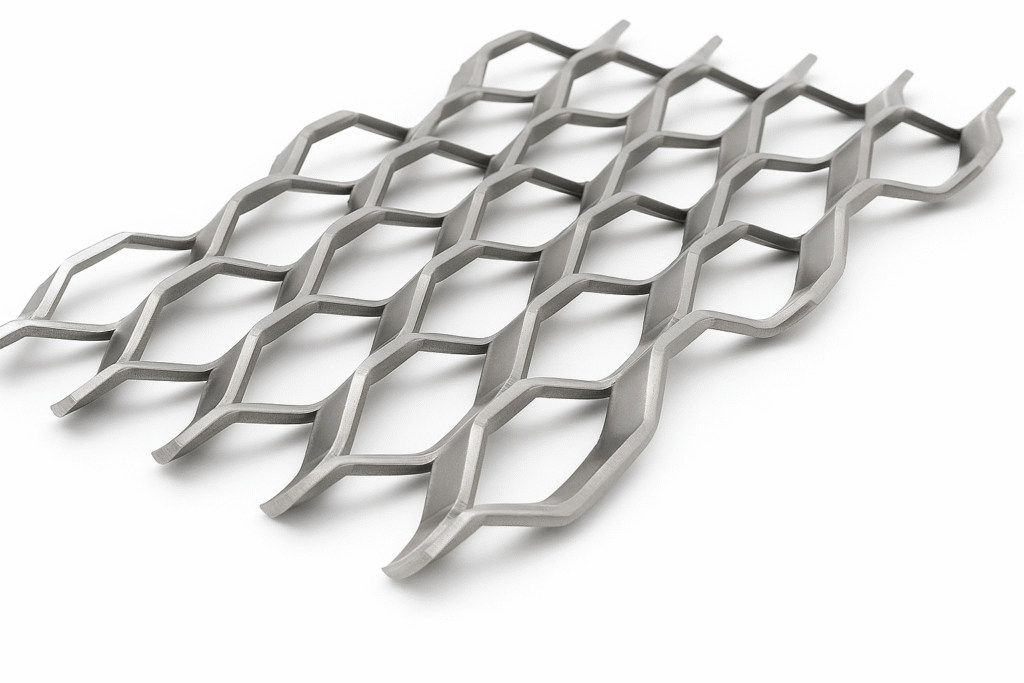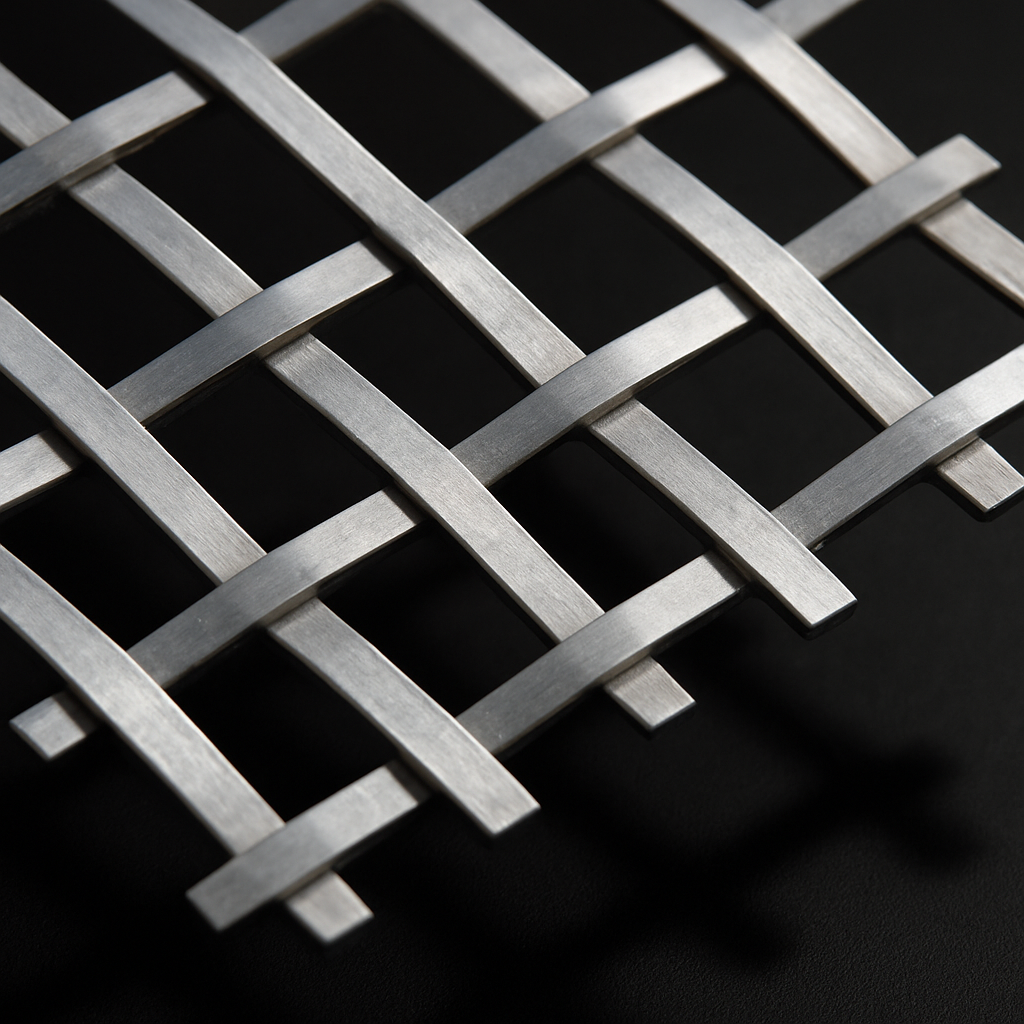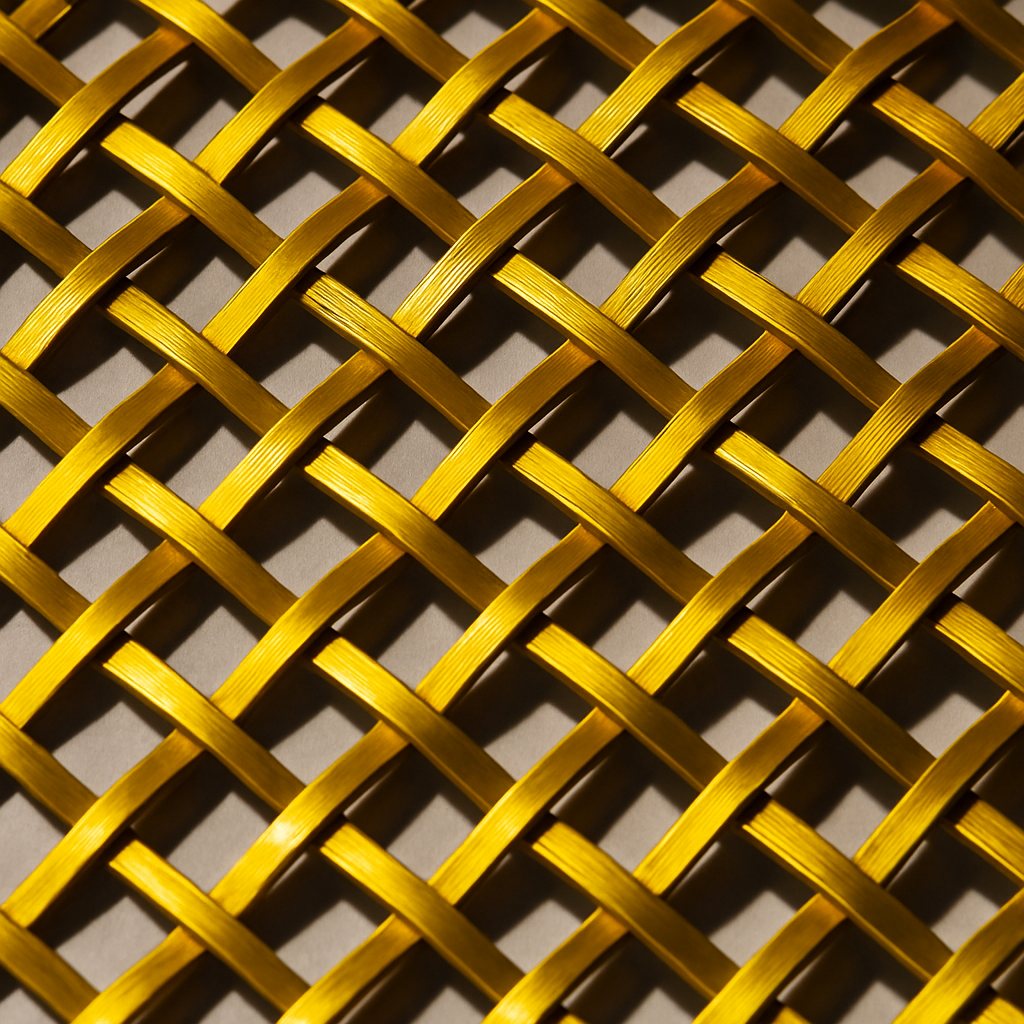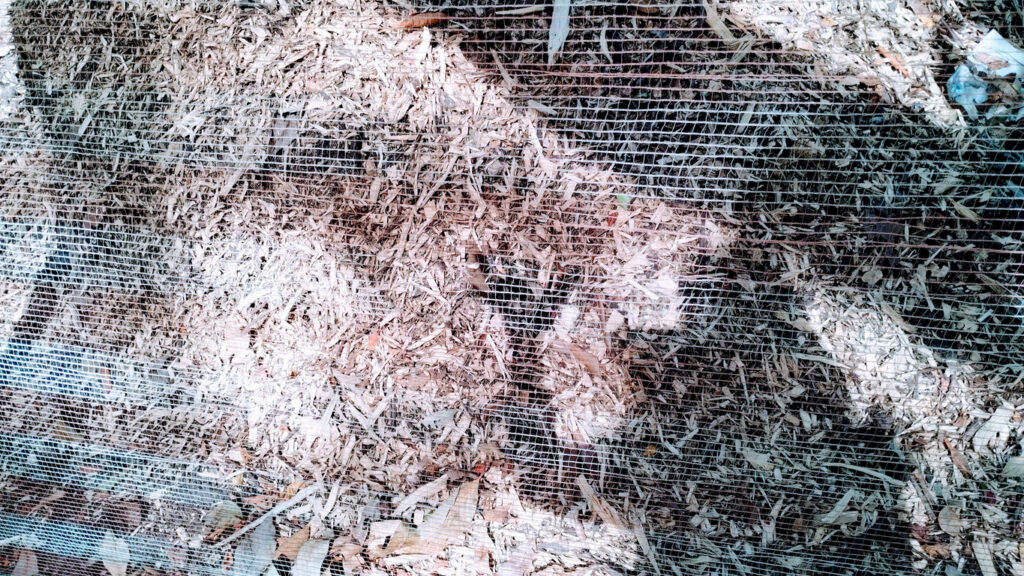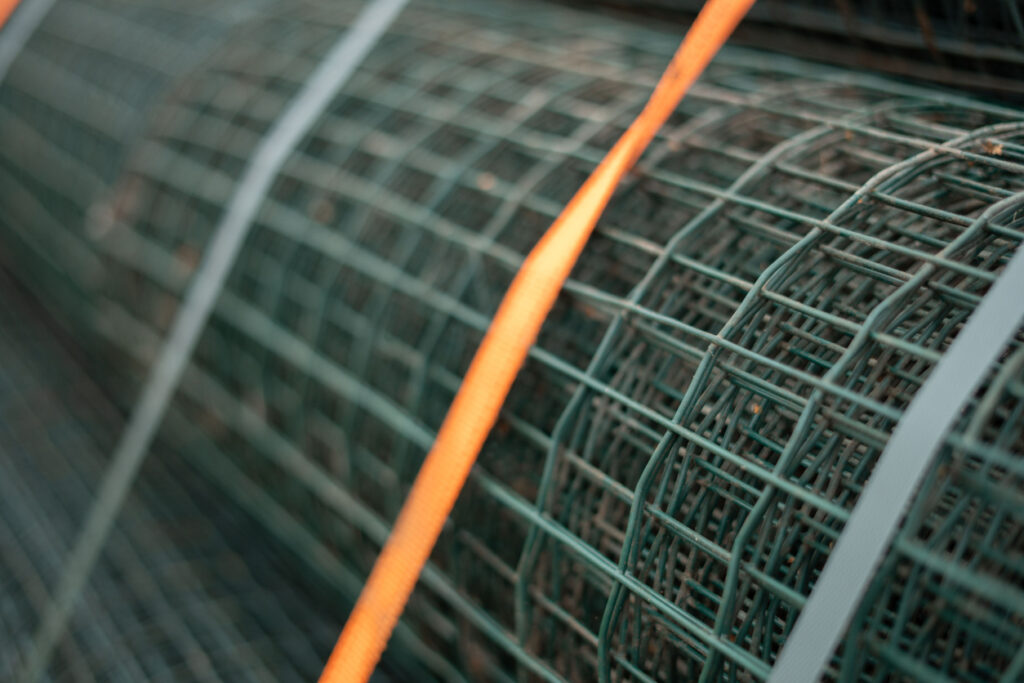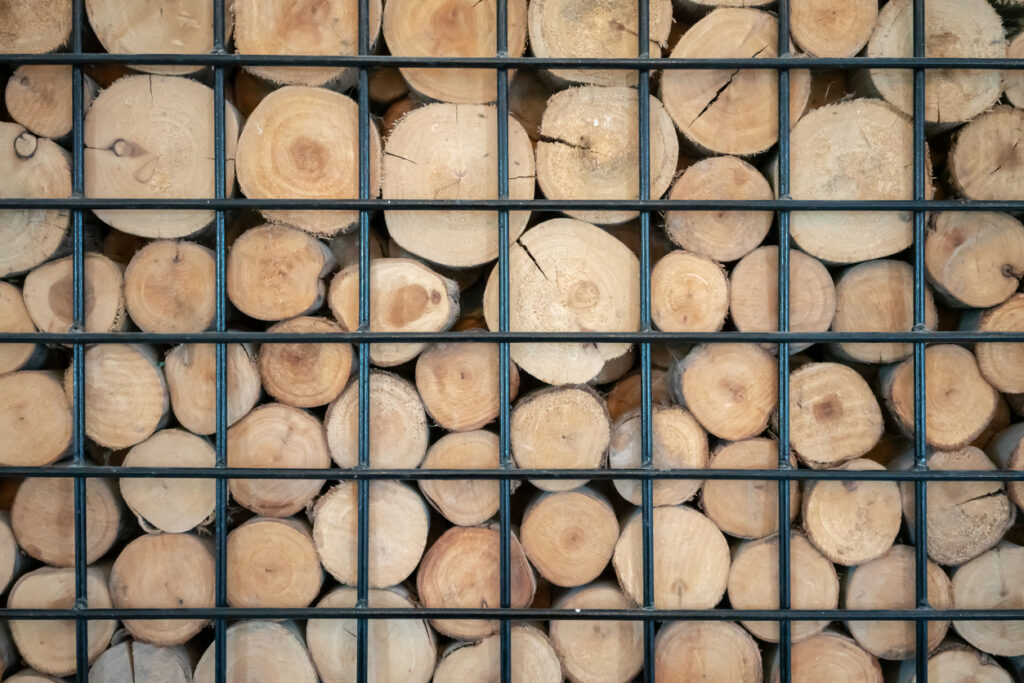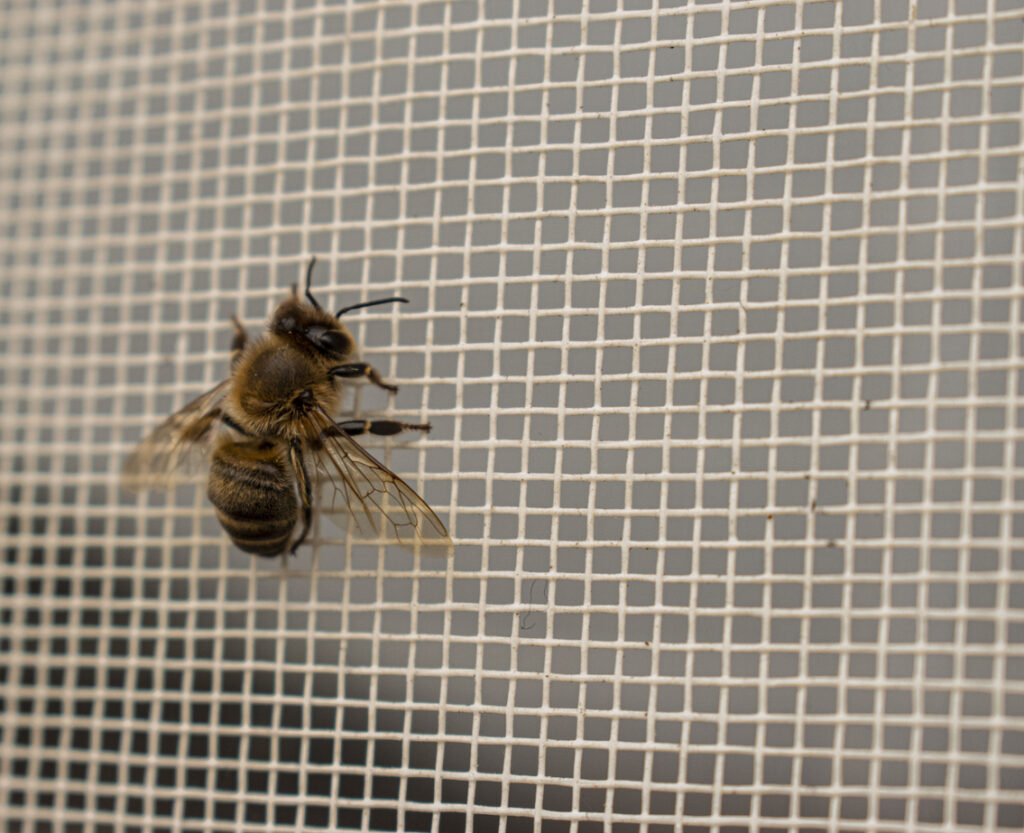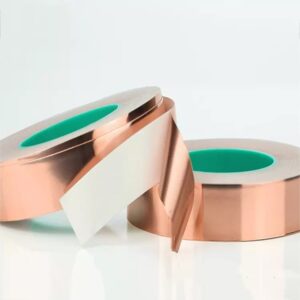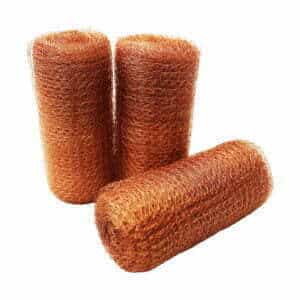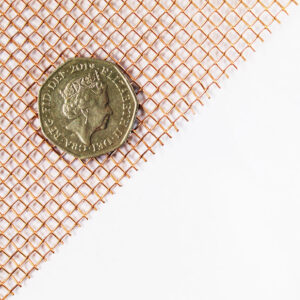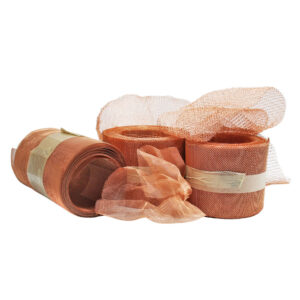








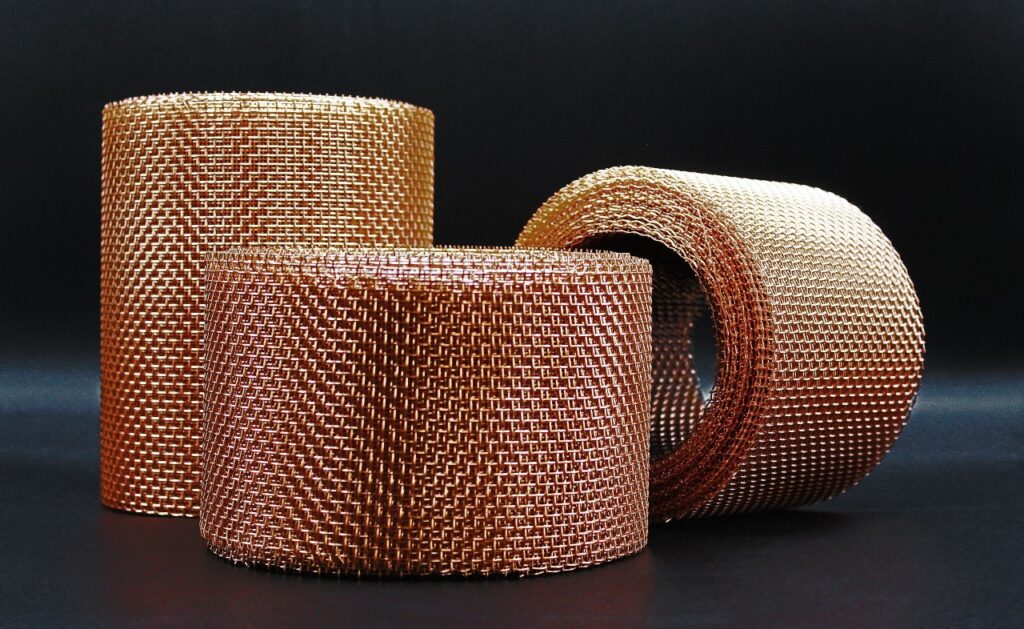
In the vast universe of metals, each with its unique set of properties, there lies a simple yet intriguing question: is copper magnetic?
The answer not only sheds light on the inherent characteristics of copper but also helps us understand its diverse applications, especially in products like copper woven wire mesh, copper tape and copper knitted tubing, which are all our bread-and-butter.
Let’s get into it….
To delve into whether copper is magnetic, it’s essential to first understand magnetism.
At its core, magnetism is the force by which materials attract or repel each other. Metals like iron, nickel, and cobalt are ferromagnetic, meaning they are strongly attracted to magnets. But where does copper stand in this spectrum?
Copper is a diamagnetic metal, which means it cannot be attracted to magnets, which means it is not magnetic. It has been proven that when you place a magnet near copper, it creates a very weak negative magnetic field in response as a result of the magnet. Even though it is subtle, this phenomenon has fascinating implications in a wide variety of fields.
Among the most versatile manifestations of copper is the one that we are most associated with – copper woven wire mesh. Ranging from coarse to super fine, these meshes are tailored to fit a plethora of needs. But why choose copper for this purpose?
Copper’s dimagnetism, which makes it non-magnetic, ensures the mesh remains unaffected by external magnetic fields. It is therefore ideal for environments where electromagnetic interference may be a concern. Copper is also excellent for mesh manufacturing due to its conductivity, flexibility, and corrosion resistance.
Copper woven wire mesh is commonly used in:
The inherent qualities of copper, combined with its non-magnetic nature, make it a frontrunner in the realm of mesh products.
Another marvel in the copper product lineup is copper tape.
Despite its non-magnetic properties, this tape plays an important role in many applications. Copper tape is a testament to the metal’s versatility, from shielding EMI in electronic devices to creating conductive pathways in DIY electronics.
Furthermore, its excellent thermal conductivity and corrosion resistance make it ideal for outdoor applications. A unique use for it has been found by gardeners: to keep snails and slugs away!
While the world of metals is vast and varied, sometimes the most fascinating connections are the least expected ones. Take, for instance, the relationship between copper, its magnetic properties, and… slugs?
As previously discussed, copper is inherently diamagnetic. This means it doesn’t get attracted to magnets. Instead, when exposed to a magnetic field, it weakly repels it. This might seem like a minor property, but it’s essential when we consider the myriad applications of copper in various industries. Its diamagnetic nature ensures that copper remains unaffected by magnetic fields, making it an ideal candidate for many specialised applications.
While slugs seem worlds away from magnetism and metals, they have an aversion to copper. Slugs and snails tend to avoid copper barriers, according to gardeners. Due to the reaction between their slime and copper, these critters experience a slight electric shock when they come into contact with copper. Copper surfaces are uncomfortable for them, so they avoid crossing over them.
Copper tape or thin copper strips are commonly used by gardeners to protect their gardens. Slugs and snails are effectively deterred by placing these barriers around plant bases and garden beds.
Slugs and copper seem unrelated to magnetism at first glance. Copper’s unique properties, such as its conductivity and diamagnetic nature, make such interactions possible. Copper is not influenced by external magnetic fields, so its effectiveness remains consistent regardless of the environment where it is used. The electric shock slugs feel is the primary deterrent, but the fact that copper is not influenced by external magnetic fields ensures its effectiveness remains consistent.
Transitioning from the thinness of tape, we encounter the robustness of copper knitted lay flat tubing. What’s remarkable about this tubing is its combination of flexibility, strength, and the non-magnetic nature of copper.
Such tubing finds its application in:
A knitted design ensures maximum surface contact, making it an efficient conductor. As a result of its adaptability, it can fit into a wide variety of shapes, making it suitable for a variety of industrial applications.
We discover a world of applications as we unravel the magnetic (or rather, non-magnetic) properties of copper. Copper’s versatility is evident in the delicate strands of woven wire mesh and the sturdy structure of knitted tubing.
Its adaptability is also evident in its amalgamation with other materials, enhancing their properties or introducing new functions. Despite its unique place in the world of metals, the question “Is copper magnetic?” serves as a reminder of copper’s unique characteristics.
Copper has a unique place in the world of metals. Despite not sharing the strong magnetic attraction of some metals, its diamagnetic property and other inherent characteristics allow it to be used in a wide range of applications.
With copper’s diverse product range, including woven wire mesh, tape, and knitted tubing, you’ll find efficient shielding, efficient conductive pathways, and flexible industrial connectors.
As always, thank you for checking out our blog. We hope that this helps you with your project. We try to launch a couple of new guides every week. Eventually we will have covered everything there is to cover about mesh.
You may be interested in our blog that explores using copper for RMI & EMI Shielding.
Our goal for our blogs and help guides is to answer as many questions as possible to help to explain the possibilities of mesh to our customers.

